Motorola Razr (2025) vs Razr Ultra (2025): one is a pretty cover, the other is the whole package
Is the new Motorola Razr Ultra worth clamoring for, or does the base model suffice?

Intro
It’s happened — Motorola didn’t just step into the flagship arena. It cartwheeled in, planted a foldable flag, and dropped not one, not two, but three Razrs this year. We’ve got the regular Razr (2025), the Razr Plus (2025), and now the absolute beast: the Razr Ultra.
Let’s dive in — spec sheets are fine, but how these phones feel, look, and perform in the hand matters more.
Motorola Razr 2025 vs Razr Ultra 2025 differences explained:
| Motorola Razr (2025) | Motorola Razr Ultra (2025) |
|---|---|
| More compact | Larger but not much heavier |
| 3.6-inch external display | Larger 4-inch external display |
| 12 MP ultrawide | 50 MP ultrawide |
| Midrange MediaTek Dimensity 7400X | Current flagship Snapdragon 8 Elite chip |
| Vegan leather in different patterns | Vegan leather and wood options |
| A smaller 4,500 mAh battery | 4,700 mAh battery |
| 30W wired charging | 68W wired charging |
| 15W wireless charging | 30W wireless charging |
| Starts at $699 with 256 GB storage | Starts at $1,300 with 512 GB storage |
| 8 GB RAM | 16 GB RAM |
Table of Contents:
Also read:
Design and Display Quality
Same Flip spirit, different flavors
Both Razrs follow the same DNA and come in as elegant lifestyle accessories first. This is due to Motorola always picking fresh colors in partnership with color expert Pantone. But it's not just the hues — Razr and Edge phones come with different stylish finishes on the back, not just the boring old glass. First, Motorola started dressing its phones in vegan leather. Now, the Ultra models also get wood or velvet covers, which is pretty neat!
But even if you go for the base Razr 2025, you will still get a faux leather-covered shell, or stylish latex wrapping. Depending on which color you choose, it'll have different patterns over it.
The Razr (2025) comes in:
- Pantone Gibraltar Sea (dark blue)
- Pantone Spring Bud (green)
- Pantone Lightest Sky (cream)
- Pantone Parfait Pink (pink)
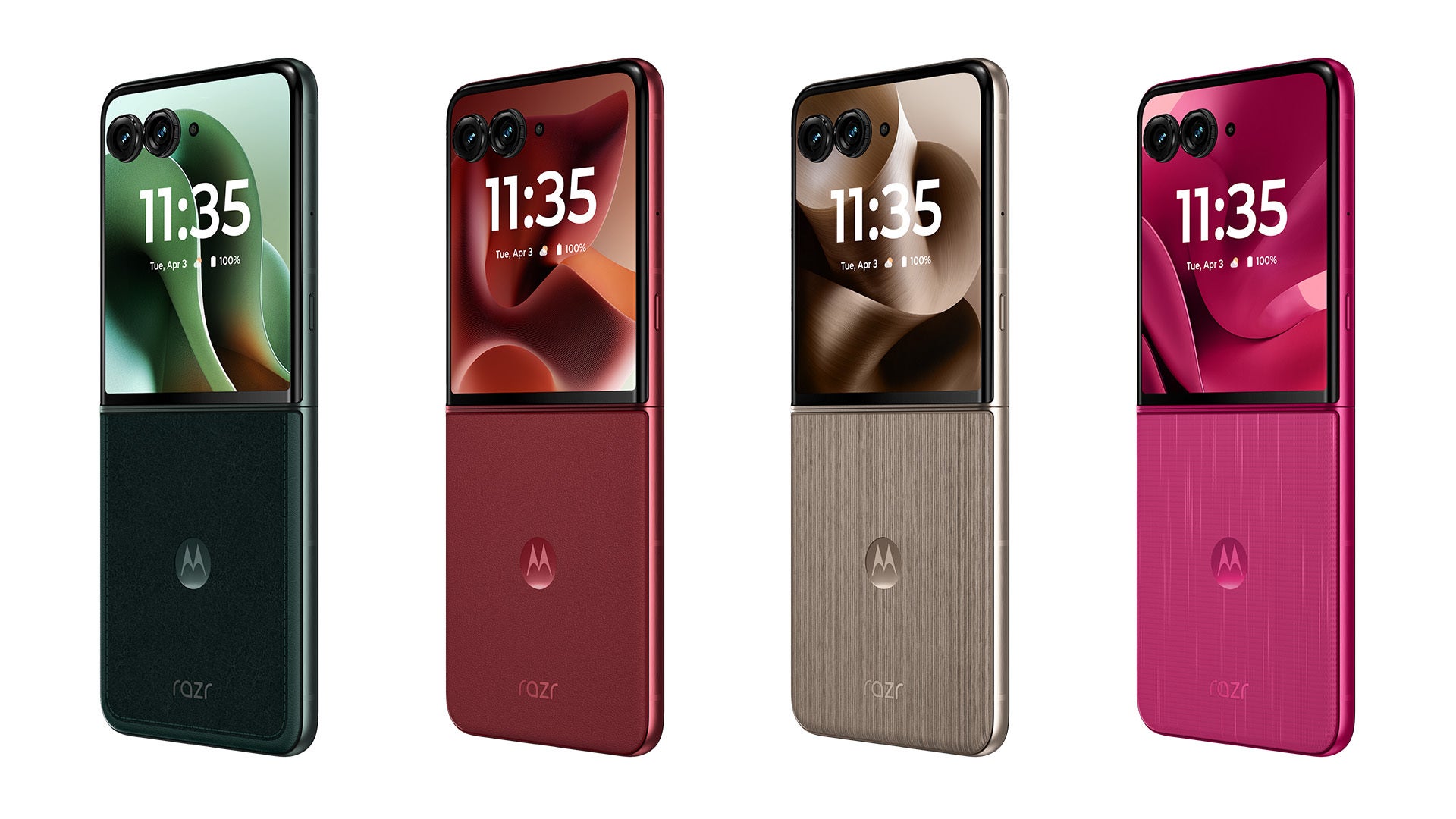
The Razr Ultra is available in the following colors:
- Pantone Scarab (black, with a leather/velvet back)
- Pantone Rio Red
- Pantone Mountain Trail (wooden back)
- Pantone Cabaret
Both phones feel pretty nice to handle and open / close. Motorola has been working on that hinge for a while now and it incorporates titanium elements that will hopefully make it last longer. It certainly feels sturdy and both phones open and close with pleasing snaps, and are able to hold the screen open at multiple angles.
You’d expect some trade-offs between models, but this these are quite close. The Razr Ultra has a 7.0-inch internal display with 165 Hz refresh rate, while the regular Razr "settles" for a 6.9-inch panel at 120 Hz. OLED panels, of course, with a few different color profiles to pick from — from natural and grounded, to punchy, vibrant and saturated.
Brightness? The Ultra edges ahead slightly with 2,400-ish nits at 20% APL vs the Razr’s ~2,100. A 20% APL test measures a more "realistic" scenario for smartphone usage and those numbers here mean that these look excellent outdoors. Too bright to be outshone! But, if peak brightness is what interests you — the Razr 2025 specs say 3,000 nits peak, the Razr Ultra 2025 goes up to 4,500! (Peak brightness only measures a small portion of the screen for limited time)
A minimum of 2 nits is not an excellent bedside reader, and 2.4 is slightly worse. These won't be poking your eyes out per se, but you will probably avoid using them when the lights are off.
Then there’s the cover screen. The Ultra’s 4-inch external display is a whole productivity panel compared to the 3.6-inch one on the regular Razr. It looks better, too, with the entire upper shell of the Ultra housing a screen, instead of having a thick-ish bezel. Still, both are usable in the typical Motorola style — there are useful widgets to be found here, but you can launch full apps if you so desire. Android will re-scale them to fit (most of the time).
The fingerprint scanners on both phones are located in the power button — they work lightning fast on both, even if it's not the most optimal positioning.
Performance and Software
All-in vs. good enough
Here’s where things get spicy. The Razr Ultra is powered by the Snapdragon 8 Gen 3 Elite, backed by a hefty 16 GB of RAM and 512 GB storage out of the box.
Daily use? Both are OK, though if you engage with the AI more often, the Snapdragon definitely feels faster — of course. Once you start gaming, video editing, or multitasking like a maniac, the Ultra’s extra horsepower becomes very real. The Motorola Razr 2025 is only here as your daily communicator, not the pocket computer experience.
And yeah, if you ever doubted it, the CPU benchmarks show that the Razr Ultra is up to 3 times faster — barely any surprise there. While the regular Razr's score looks quite bad in comparison, we do emphasize that it runs daily tasks just fine.
In the graphics department, the Ultra is three to five times better — depending on whether it's throttling or not. Considering it's a clamshell smartphone, we do find its thermals to be doing a pretty decent job at keeping it productive!
Camera
Not just megapixels, but meaning
Motorola gave both Razrs a 50 MP main camera, but the Ultra doubles down with a 50 MP ultrawide, while the regular Razr gets… a 13 MP secondary sensor. It's also worth noting that these 50 MP main cameras are not the same — the Ultra's sensor is bigger than the one in the vanilla Razr, and you will spot that in the samples below.
On the front, the Razr Ultra triples down with yet another 50 MP camera, while the Razr (2025) has the still respectable 32 MP resolution for selfies. All that's left is to see how they do!
PhoneArena Camera Score:
As can be seen from our camera score, that main camera makes quite the difference. Despite both being 50 MP, the base Razr fell short with more oversharpening and artifacts. Both ultra-wide cameras scored about the same, despite their vast differences in hardware. And both phones don't do well with zooming, though with different issues. Let's look at the samples:
Main Camera
Both cameras deal well with wide dynamics, but the Ultra does allow itself to amp up highlights just a bit more. Color reproduction from both is pretty down to earth and pleasant, with just a tinge of saturation to make that photo shareable on social media. However, when it comes to detail, the Ultra definitely takes it — fine details are visible, but soft and natural. Whereas the 50 MP snapper of the Razr (2025) presents a lot of oversharpening, even in the perfect lit conditions.
Zoom Quality
These phones don't have dedicated zoom cameras, so any magnification they give you is a digital crop-in. The Razr Ultra tops out at 30x, but you won't be using it — it's pretty degraded at that point. The Razr (2025) maxes out at 10x, and it's very fuzzy there, too. At 2x (the samples above), they are both quite usable. Though, the base Razr's tendency to oversharpen is amplified, while the Ultra photo still looks good.
Here's a comparison at 10x:
As mentioned at the start of the camera section, their zooms are bad for different reasons. The base Razr has a lot of noise. The Razr Ultra photo looks "cleaner" at first glance because it applies a ton of noise reduction. As a result, the image becomes washed-out, painting-like. We won't be knocking these a lot — they are not zoom camera phones and not marketed as such.
Ultra-wide Camera
The ultra-wide camera of the Ultra presents a bit more neon-y colors in the skies but definitely has a much better dynamic range and slightly better details. The ultra-wide of the Razr (2025) has more natural colors, but is darker, crushes shadows, and it shows a lot more HDR bloom than the one on the Razr Ultra does.
Selfies
The selfie camera of the Razr (2025) is a bit too warm, a bit too red, and a bit too soft. Not bad in general, but when compared side-by-side, the Razr Ultra selfie looks more realistic and sharper.
More Camera Samples
Video Quality

The video quality of the Razr Ultra is hands-down just better. Colors are more realistic, details are slightly sharper, the stabilization is more... stable, and the microphone does a better job at noise reduction. The Razr (2025) video, in comparison, looks murky, the grass is a bit too saturated, the sky is a weird dark hue, and its microphone is noisier. It's still usable, but loses in this side-by-side.
Battery Life and Charging
Ultra lives up to its name
The Motorola Razr Ultra has a slightly bigger body, which allows it to fit a slightly bigger battery — 4,700 mAh. That's not a huge difference from the 4,500 mAh cell of the base Razr (2025), however there's another factor to consider — the processors. The Snapdragon 8 Elite is built on a 3 nm process, which is more energy-efficient than the 4 nm process of the MediaTek Dimensity 7400X.
But then again, the Dimensity should require less power, since it's not as big of a monster. So, we went into our tests with curiosity:
PhoneArena Battery and Charging Test Results:
With a massive 24 hour endurance in our browsing test, the Razr Ultra shows that it can comfortably be a 2-day phone with casual use. Curiously, it fell behind in the video streaming test, where it should've scored another easy win. But then, at the gaming test, it lasted 3 hours longer than the base Razr, showing that even though that Snapdragon is a fire breather, the Ultra still makes good use of the energy it has on hand.
The Razr Ultra is also a bit faster to charge — 30 minutes on a 68 W charger got us up to 80%! The Razr (2025) supports 30 W charging and only got up to 60% in the same time frame. Still respectable and can get you out of a pickle if you forgot to charge.
Audio Quality and Haptics
The speakers of the Razr (2025) noticeably lack depth and bass, and they have a pronounced mid hump. So, videos with speech will come through, but you won't enjoy the soundtracks. Its vibration is not a click, but a tight buzz — still pretty satisfying, just noticebly different from flagships.
The Ultra, on the other hand, has surprisingly boomy speakers which put a smile on our face. Not to the level of an iPhone Pro Max or Galaxy Ultra, but definitely more usable. The haptic motor here is a click — quick, pronounced, and satisfying.
Specs Comparison
With all that out of the way, here's a quick rundown of the Motorola Razr (2025) vs Motorola Razr Ultra (2025) specs:
| Motorola Razr (2025) | Motorola Razr Ultra (2025) |
|---|---|
| Size and Weight Open: 74 x 171.3 x 7.25 mm Closed: 74 x 88.1 x 15.9 mm 188gr | Size and Weight Open: 73.99 x 171.48 x 7.19mm Closed: 73.99 x 88.12 x 15.69mm 199g |
| Display Main: 6.9" Foldable AMOLED up to 3,000 nits External: 3.6" pOLED up to 1,500 nits brightness | Display Main: 7" Foldable AMOLED up 4,500 nits brightness External: 4" pOLED up to 3,000 nits brightness |
| Processor MediaTek Dimensity 7400X | Processor Snapdragon 8 Elite |
| Cameras 50MP main, f/1.7 13MP ultra-wide, f/2.2 32MP front | Cameras 50MP main, f/1.8 50MP ultra, f/2.0 50MP front |
| Battery Size 4,500 mAh | Battery Size 4,700 mAh |
| Charging Speeds 30W wired 15W wireless | Charging Speeds 68W wired 30W wireless |
| Prices: $700 for 8/256GB | Prices $1,300 for 16/512GB |
Which one should you buy?
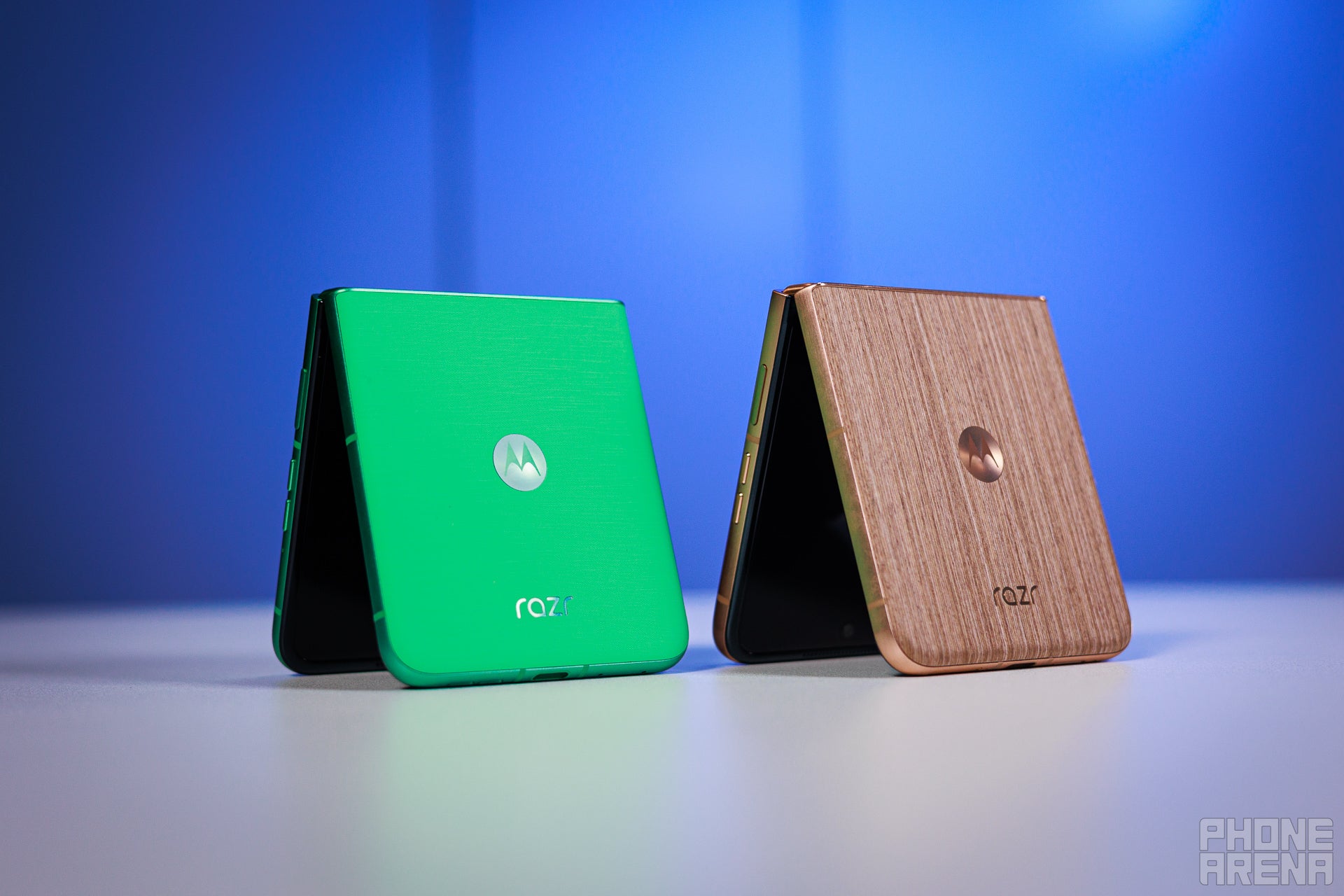
If you just want a good foldable phone, that looks nice, gets the basics right, and isn't a gaming machine or a multitasker's pocket computer — the regular Razr (2025) is a solid pick. It's cheaper, lighter, its camera is decent, and it's still fast enough for most users.
But if you want the best flip phone Motorola has ever made — no compromises, no “if onlys” — the Razr Ultra (2025) is worth the splurge. Bigger, faster, sharper, bolder.
You get what you pay for — and in this case, what you pay for a pretty good camera, better speakers, a prettier external display, more premium finishes, and very fast performance.
Verdict:
- Razr (2025) — For the everyday flip lover.
- Razr Ultra (2025) — For the enthusiast who wants it all.
Follow us on Google News


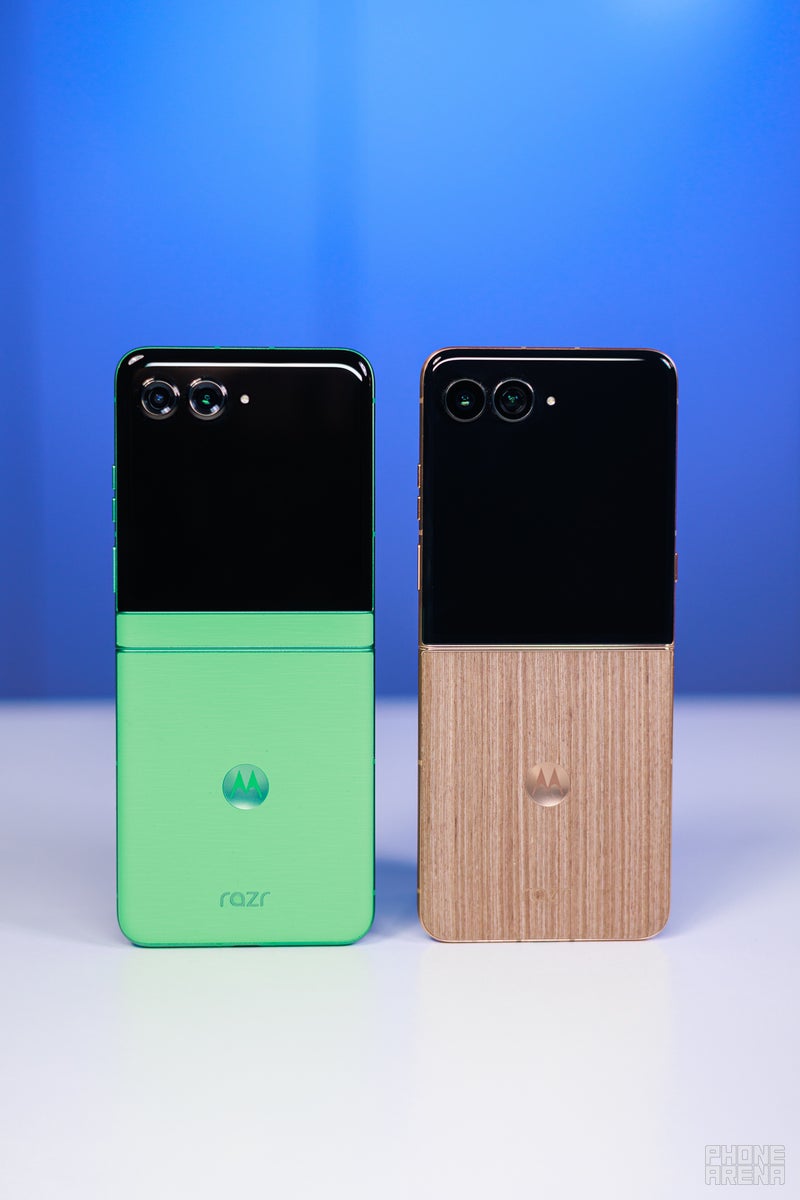




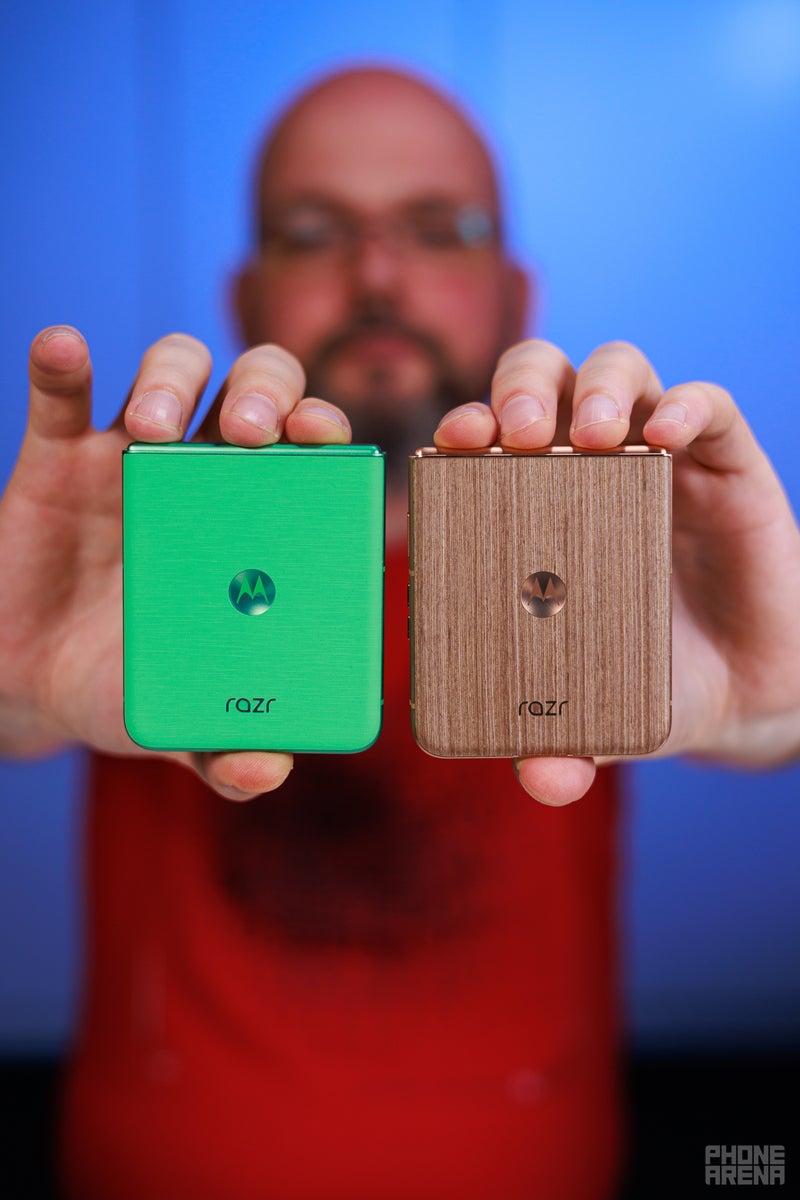


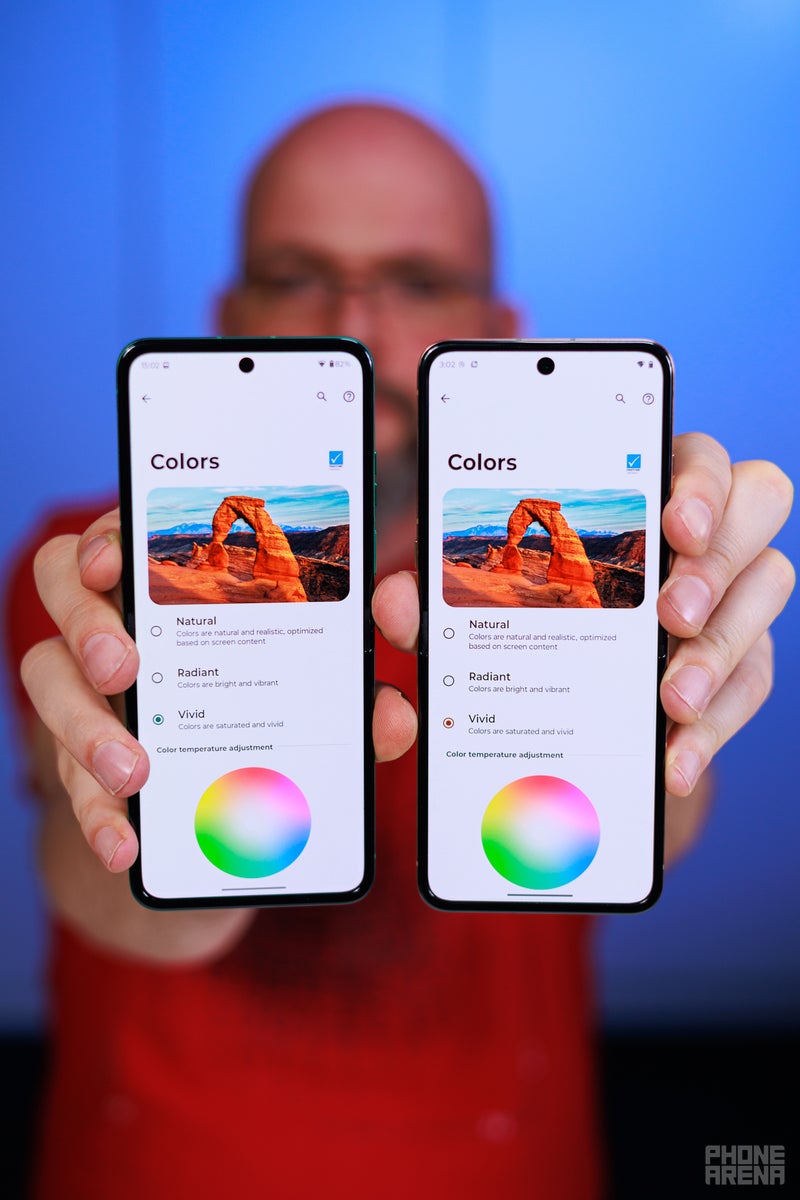






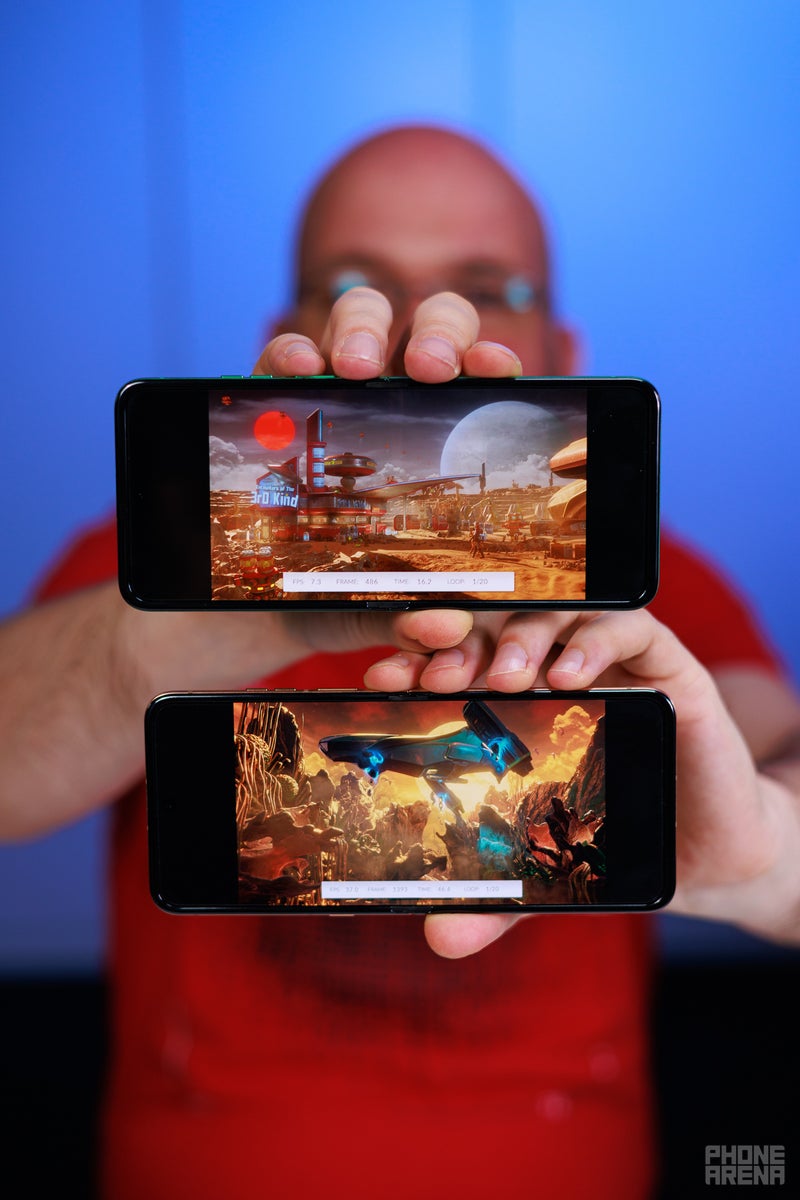

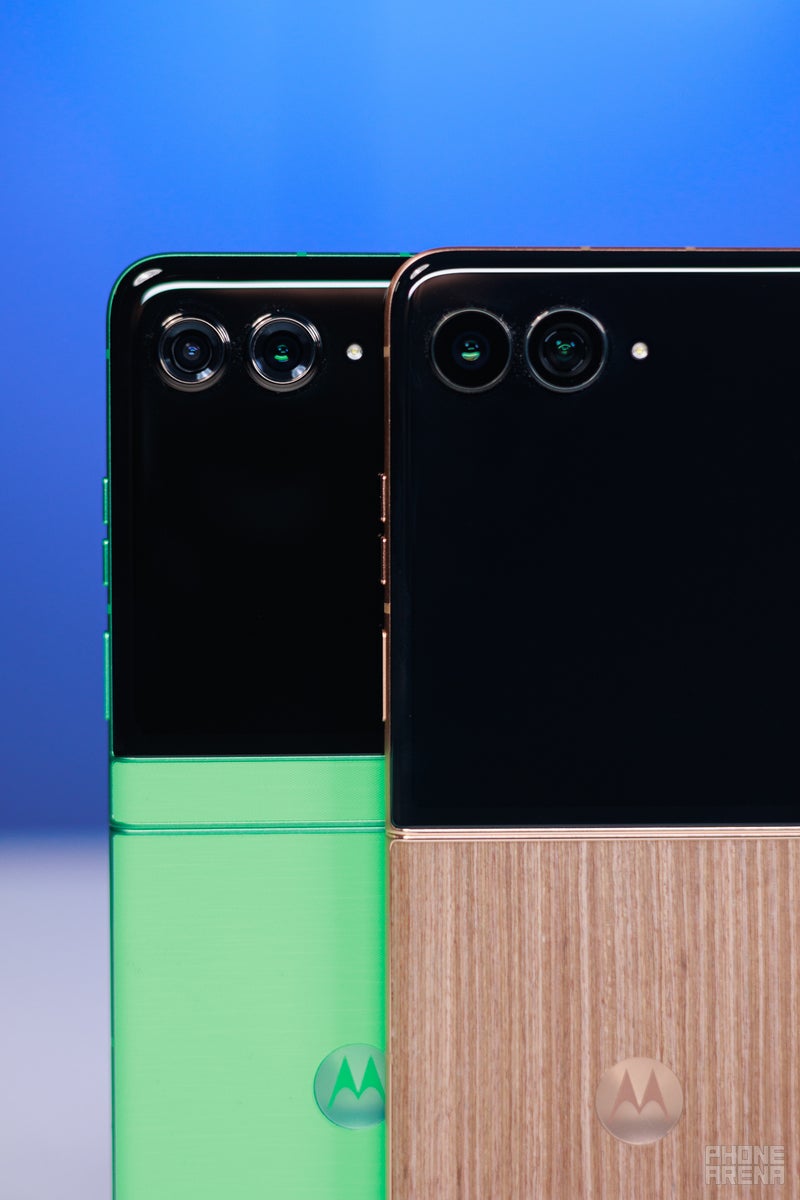
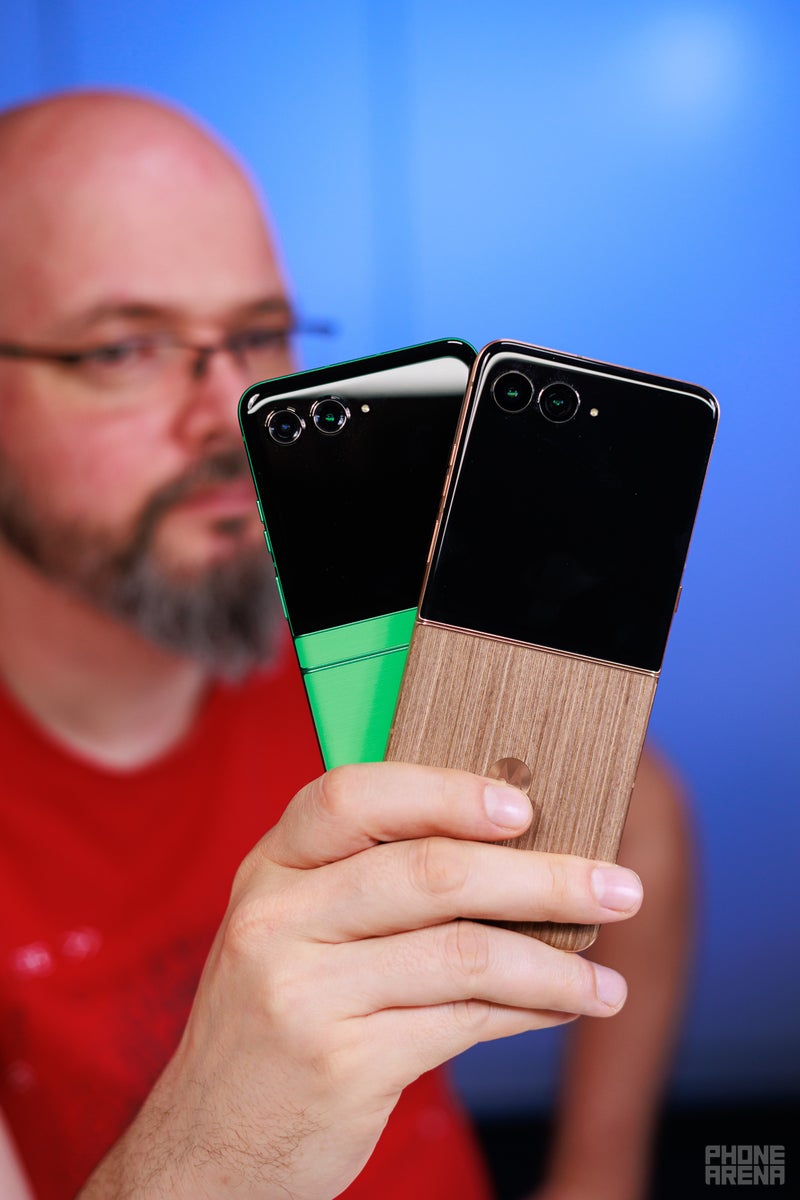










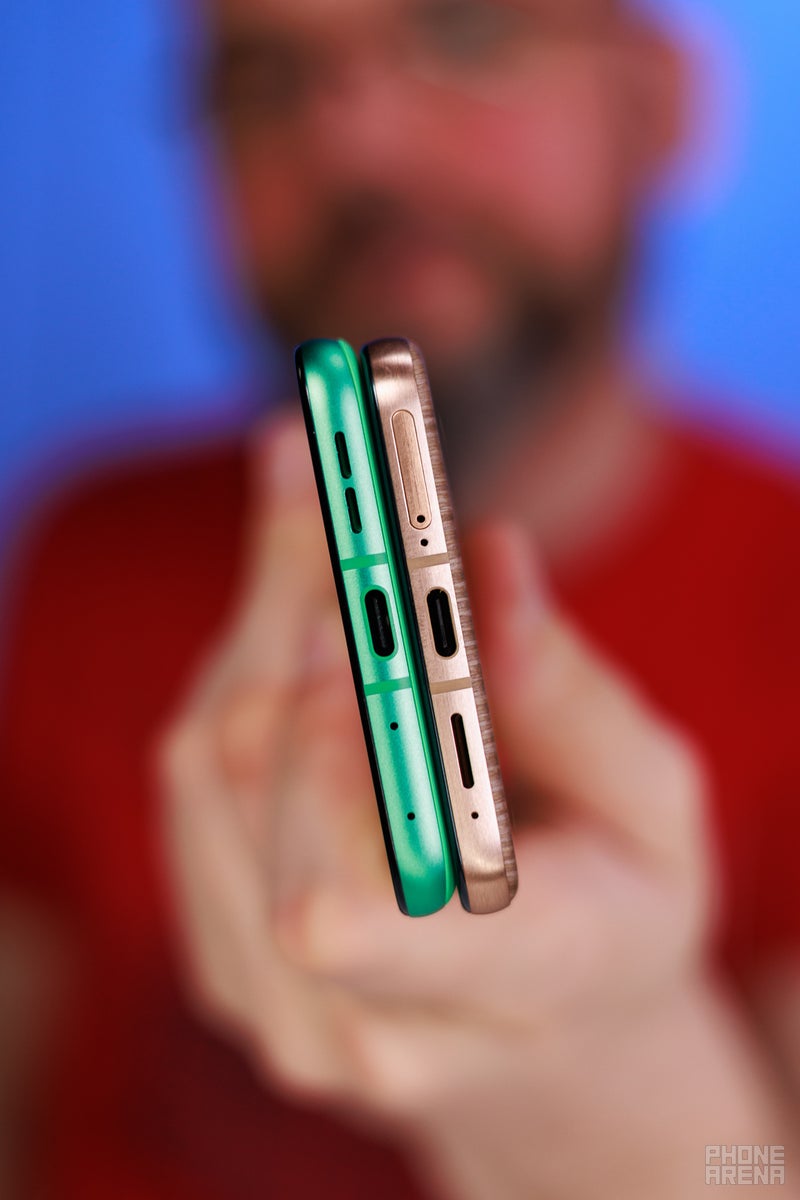


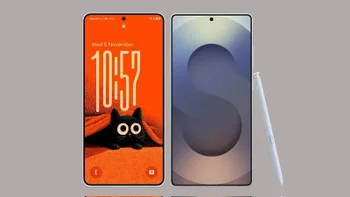
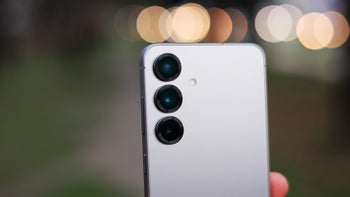
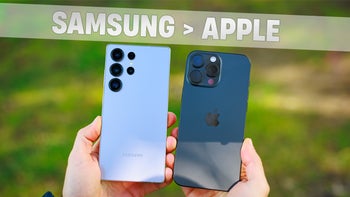




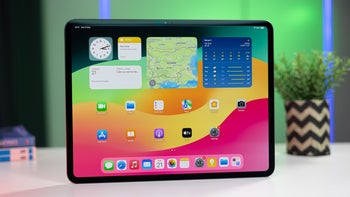


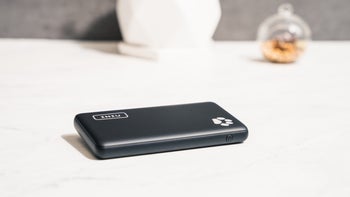
Things that are NOT allowed:
To help keep our community safe and free from spam, we apply temporary limits to newly created accounts: